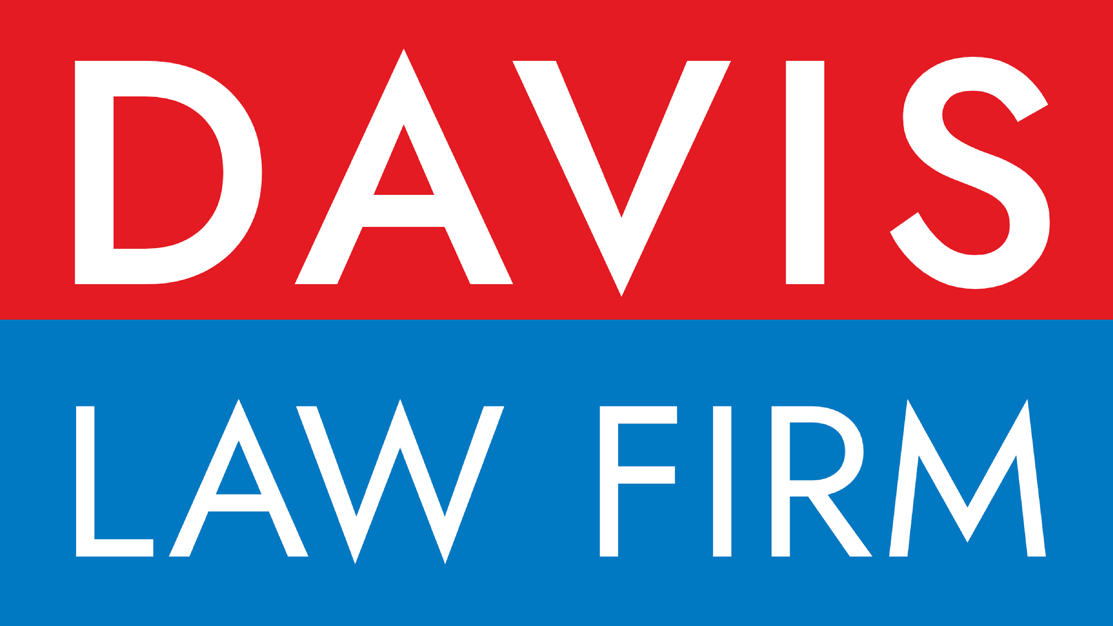Tax debt is a recipe for trouble – unless you respond proactively to the problem.
Don’t just let your wages become the object of an IRS tax levy. Here are some things to think about, as you consider filing for bankruptcy and other debt relief options.
First, let’s consider the word “levy” and distinguish it from the related concept of a “lien.”
A levy involves a seizure of property that is done with legal authority. A lien is somewhat different; it is filed as a form of security. For example, an IRS lien against your house can prevent you from selling it until your tax debt is resolved.
A good example of a levy is a state or federal action directed at your wages. The IRS or a state revenue agency can go after a portion of your paycheck to satisfy tax debt.
Wage garnishment is only one type of levy. There are also others, including levy against a bank account. Another is levy against federal payments that may be due to you, such as a tax refund.
There are very specific notice requirements that the IRS or state revenue agency must meet before collecting money through such levies
You should also be aware that interest and penalties on tax debt can really add up. When a tax debt is not paid, the interest accrues. This can create a snowball effect, as the total amount due continues to increase due to interest and penalties.
In short, if you are facing IRS collection efforts, it’s a serious matter.
Source: “Taxes from A to Z: L Is For Levy,” Kelly Phillips Erb, Forbes, 3-16-12
